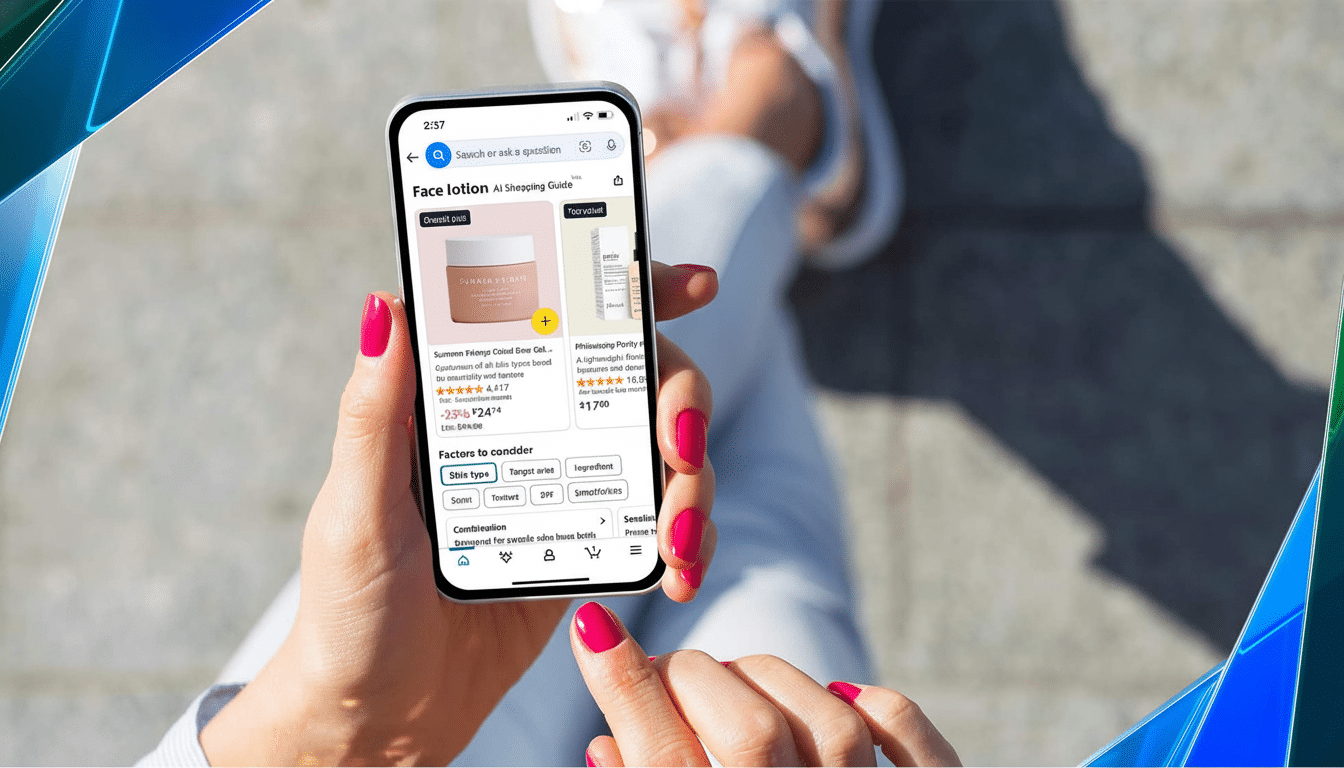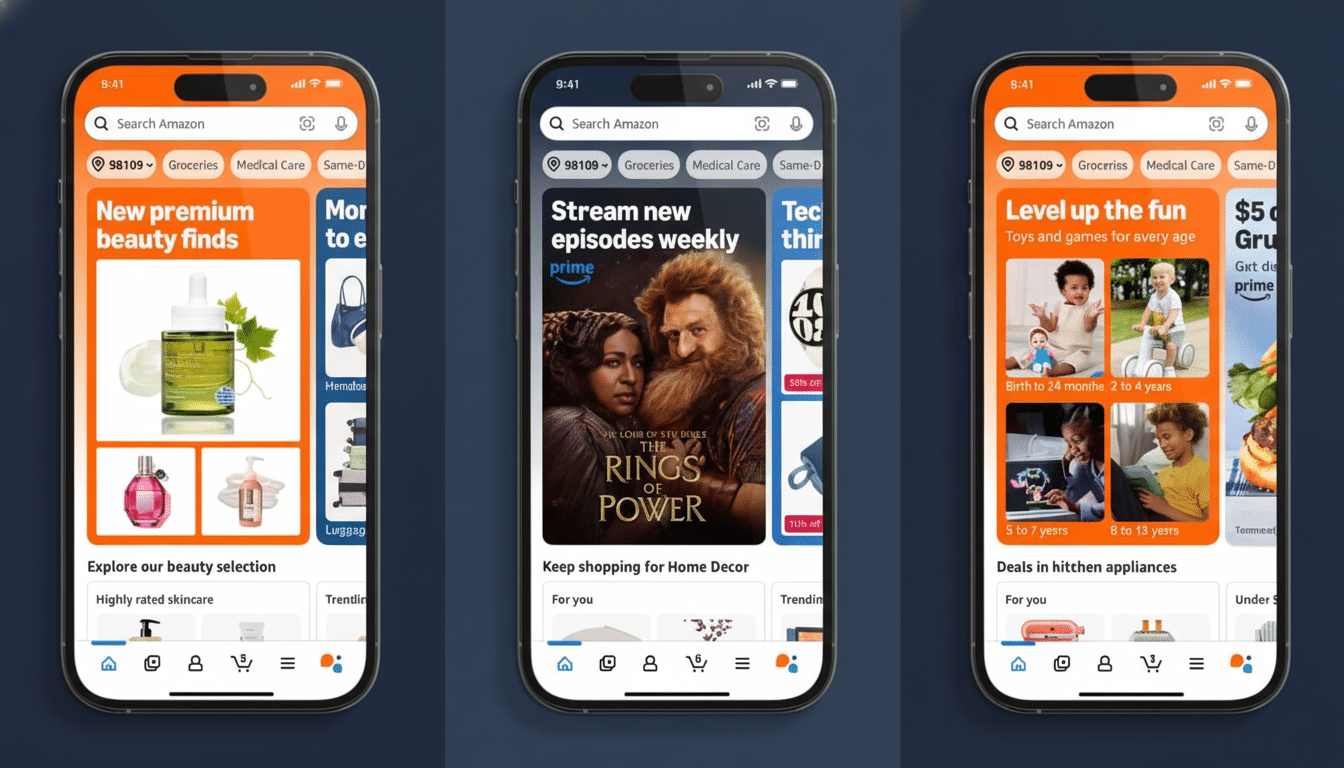Amazon is moving the pharmacy counter to the doctor’s office with automatic kiosks that dispense prescription drugs within minutes of a visit. The machines will first appear in One Medical clinics scattered around Los Angeles, where what amounts to a high-security vending machine will become an option for point-of-care pharmacy that is meant to reduce wait times and missed fills.
How the In‑Clinic Prescription Kiosk System Works
After a visit at a participating One Medical location, patients can ask their provider to send prescriptions to Amazon Pharmacy and select kiosk pickup in the Amazon app. Payment is made in-app, and a QR code is scanned to unlock the machine for pickup.

An order is reviewed for accuracy by a licensed pharmacist before pickup, a step Amazon says usually takes just minutes. The inventory consists of common prescriptions — think antibiotics, inhalers, and blood pressure drugs. Drugs and items that must be kept cool are not sold by the kiosks.
Security is a big feature: each kiosk weighs about 1,700 pounds and is bolted to the floor. Amazon claims tamper-resistant construction, vibration sensors, surveillance cameras with motion alerts, and dual authentication of delivery. The result is a machine that operates like a “safe pharmacy locker” rather than a snack dispenser.
A Shot at Fixing Primary Prescription Nonadherence
Among the thorniest issues in medication management is primary nonadherence: when a patient doesn’t go get a new prescription. Research in the Annals of Internal Medicine, meanwhile, has estimated that about 20% to 30% of new prescriptions issued in the United States are not filled, a lapse that can contribute to worse outcomes and drive up costs throughout the system.
Amazon’s bet is that by situating the pickup where care happens, it can expect higher completion rates. The friction of a second stop — picking up at a pharmacy, waiting, making payment — vanishes. Health systems that have experimented with point-of-care dispensing and bedside delivery of medications have seen higher adherence and faster time-to-initiation of therapy, a trend these kiosks are meant to mirror.
Launching in Los Angeles, With More Sites to Come
The first machines will be landing this December at One Medical’s Beverly Hills, Downtown, Long Beach, West Hollywood, and West L.A. clinics, with more locations to follow in the near future. The rollout takes advantage of Amazon and One Medical, which Amazon purchased for $3.9 billion, and extends existing logistics services offered by Amazon Pharmacy, like same-day delivery in cities like Chicago, Phoenix, and Miami.
The plan is simple: meet patients in the flow of care, combine digital checkout with on-site pickup and minimize drop-off between prescribing and the first dose.

Regulatory and Counseling Safeguards for Kiosks
Automated medication delivery is tightly regulated. In California, the Board of Pharmacy mandates pharmacist validation and counseling for patients using automated dispensing systems. Amazon says a pharmacist will review every order before pickup, and patients should expect to have access to remote counseling — by phone or video — which is in line with the telepharmacy standards popping up all over.
Identity checks are pivotal. Double authentication, QR-based access credentials, and 24/7 video recording are implemented to make sure the right medication ends up with the right person, as well as to maintain an auditable chain of custody required by licensed pharmacies.
Precedents and What Makes This Different
Pharmacy kiosks aren’t new. Hospitals and military bases use them; clinics have been operating telepharmacy kiosks from competitors like MedAvail. Where Amazon’s approach differs is in marrying an in-clinic primary care footprint with a consumer e-commerce experience — order, pay, and pick up handled within a familiar app — and one whose inventory is tuned to the prescribing habits of each clinic.
That tight integration could result in more streamlined kiosk stocking and fewer of the back-to-the-future-type out-of-stock situations that effectively negate point-of-care dispensing. It also provides clinicians with clearer insight into what patients can adhere to immediately.
Benefits and Constraints for Patients Using Kiosks
For patients, the upside is speed and convenience — no separate trip, fewer delays and a clearer path to getting therapy underway. It also may not necessarily translate to better adherence, which public health agencies have long linked to better outcomes and lower downstream costs.
There are trade-offs. The machines are stocked with a select few medications and do not contain controlled substances or temperature-sensitive drugs. Some patients will still require a typical pharmacy, or delivery. And for all the app-driven experience, insurance coverage, copays and price transparency continue to matter; Amazon Pharmacy will generally quote you a price and give the pharmacist his or her say-so, but whether kiosks are present doesn’t alter underlying clinical or insurance rules.
If the Los Angeles launch convinces patients they want walk-out-with-it convenience, the model is likely to appear in additional clinics and urgent care settings — moving the pharmacy much closer to the exam room and rendering “pick it up on your way out” a new norm in primary care.

